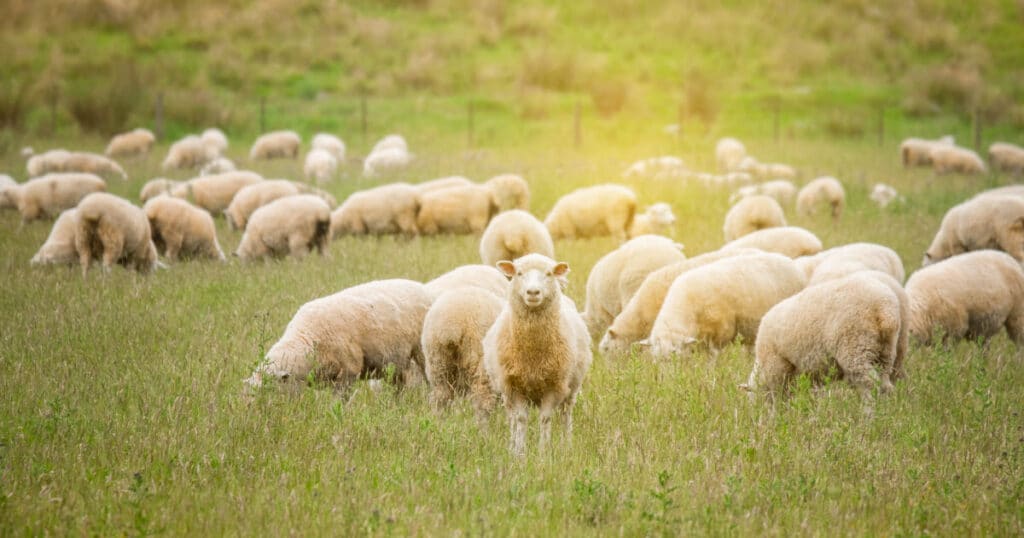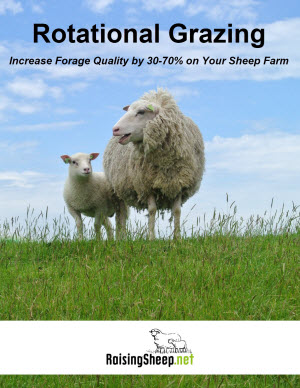Rotational grazing can be extremely important in sheep farming operations. It’s the process of separating large fields into small paddocks in which sheep graze more intensely before they are moved into the next paddock. A good rotational grazing system can reduce parasite load, improve pasture quality, and mean your grasslands produce more feed for your sheep. Today, I’m going to talk about rotational grazing paddock design.
I’ll share some options and ideas to help you design the right rotational grazing paddock system for your farm, including tips that can save you time and effort over the grazing season.
Let’s Explore Rotational Grazing
Rotational grazing is widely recognized as being a way to improve your sheep farming operation. However, there isn’t usually a lot of discussion about how rotational grazing can be done.
Get Your FREE Rotational Grazing Guide
This 16-page PDF is packed with our best information and tips to start increasing forage quality 30-70% in your pasture.
- Discover the science behind rotational grazing.
- Learn how you can improve forage quality and quantity.
- Discover creative ways you can manage your grasslands.
- Get helpful tips that can help you cut feed costs for your flock.
- Understand the trade-offs in switching to rotational grazing.
With rotational grazing, you must ensure that there is proper access to water and that there is enough room for animals to move as they need to in each and every paddock. It’s also important to give your grasslands enough time to recover between grazing periods, so that your pasture is not damaged or degraded.
There are some common misconceptions about rotational grazing.
One is the belief that every circumstance in which sheep are moved from one area to another constitutes rotational grazing. This isn’t true.
Rotational grazing is only rotational grazing if certain grass growth patterns are kept in mind.
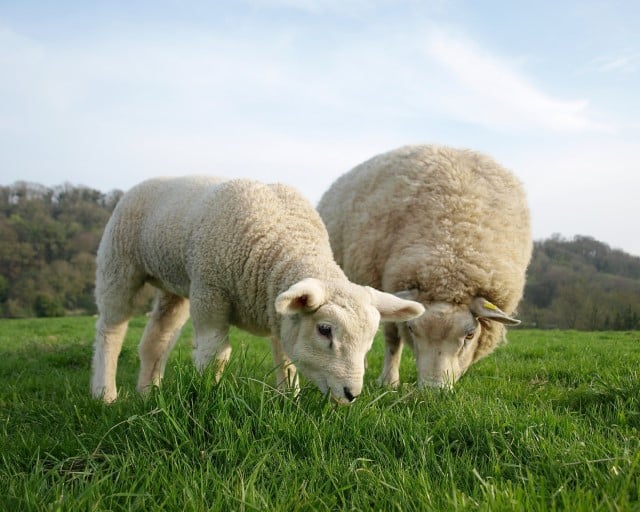
You must understand grass growth patterns and cycles in order to have rotational grazing on your operation. After animals graze on a certain area of grass, it will begin to re-grow after a specific number of days.
Once enough time has passed, there will be enough grass regrowth for the sheep to start grazing on it again.
Grass will grow back faster or slower depending on the time of year, the type of forage in that paddock, and other conditions. Overall, one week seems to be the most common period of time in which grass will start to re-grow.
If you have a rotational schedule that keeps your sheep on a paddock for more than one week, this is not rotational grazing.
With rotational grazing, the rotational schedule should be less than a single week. Successful farmers have found that the length of time for each rotation will usually be between three to five days.
In some cases, it could even be twice each day.
When you put sheep into a paddock or cell, you will find that they graze first on what tastes best. On the second day, they will usually have a lot of tasty forage.
On the third day, they will discover that the most delicious plants are gone or at least scarce. This means that they will start grazing on the plants that don’t taste as good.
As the sheep continue eating with the passing days, they might end up taking the level down so far that there isn’t enough residual. This is a big problem.
Residual is paramount in successful grazing. There must be enough residual in every paddock when the sheep are moved off of it.
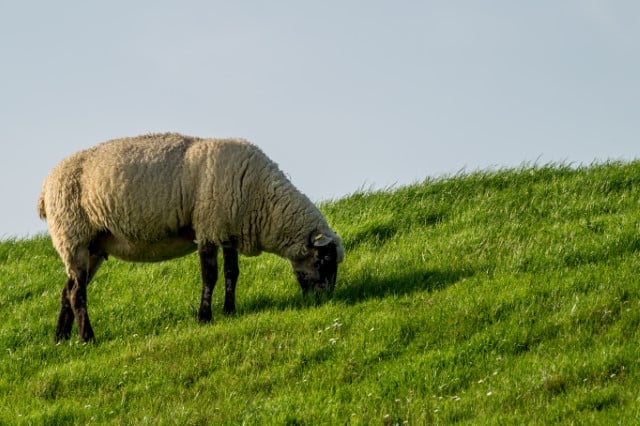
If you go with once a day rotation, you can plan to have precisely how much forage the sheep will need for that day while there still being the best level of residual, which is usually four inches, afterwards.
You want your sheep to be in situations where they will eat some of the forage that they don’t find as appealing. Why? It’s because this will help make it easier for you to make most efficient use of all of your pasture.
It will also help ensure that you end up with a more even distribution of manure.
Research has shown that frequent rotation helps to boost production on a farmer’s land. Increased production is key to success in agriculture.
Look into ways of doing a more frequent rotation with your sheep.
If you can, do a two to three-day rotation. A daily rotation is even better. A five-day grazing period is, in my experience, the maximum grazing period you should consider.
Popular Rotational Grazing Paddock Designs and Styles
Experts recognize a variety of different approaches to cell design that you can consider.
There are advantages and disadvantages inherent to every kind of cell design, and what works best on your property, may be ineffective on a different farm.
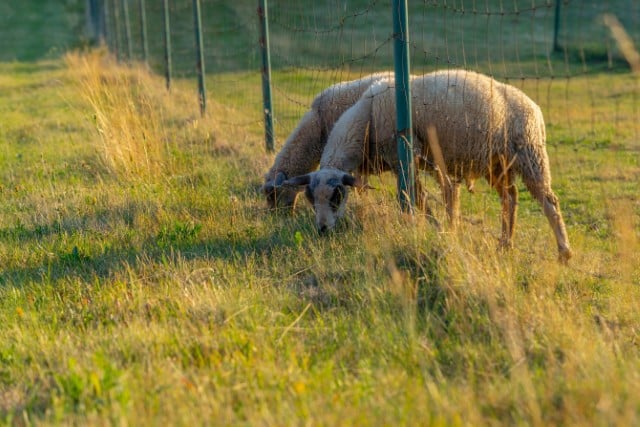
I recommend reviewing these rotational grazing paddock designs carefully. Think about the characteristics of your property, existing perimeter fencing structure, water access points, and more.
It’s likely that one of the design options will jump out at you as being perfect for your farm.
When comparing the design options, make sure you do so using the same measurements, even if in practice you would use different ones.
Let’s explore some popular rotational grazing paddock design choices that you can incorporate on your farm. Each one will be discussed in detail below.
6 Popular Rotational Grazing Paddock Designs
One Alley Paddock Design
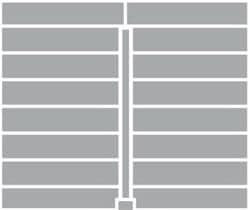
In this system, paddocks are accessible off a single, central alleyway through your pasture. One paddock is open to the central alleyway at a time, and when it’s time to move the herd, open the gate to the next paddock and close the previous one.
Two Alley Paddock Design
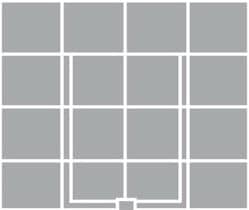
Similar to the previous system, the two-alley design provides access to paddocks through one of two alleyways. You use gates to provide access to the alleyway and paddock of your choice as the herd is rotated through the paddocks.
Water Truck Method

Unlike the previous designs, this segmented pasture design requires the farmer to provide the sheep with access to water in each paddock. Since there’s no central location for water access, this is generally a more labor-intensive paddock design.
Wagon Wheel Paddock Design

In this system, which is ideal for irregularly shaped pastureland, sheep are provided access to pie-shaped segments of your grassland from a central location with access to water. Easily adapted for many farms – just use your barn as the center point.
Pipeline Method of Paddock Design
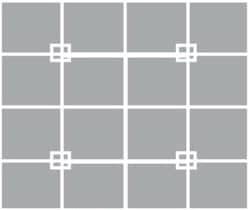
Similar to the water truck paddock design, this method cuts long-term labor cost, but requires an up-front investment of time and money to pipe water to central points in your pasture. Each location will provide water to sheep in 4 abutting paddocks.
Portable Strip Grazing Paddock Design
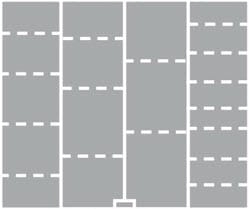
Perhaps the easiest system for most farmers with existing fencing to implement, is the portable strip-grazing system. In this design, you bisect existing perimeter fence with portable temporary electric fence. Segment to create the ideal paddock size.
Comparing Fencing and Labor Requirements Between Systems
| Paddock Design | Fencing Required for 160 acres | Labor Required to Operate |
|---|---|---|
| One Alley | 4.4 miles of cross-fence | Low |
| Two Alley | 4 miles of cross-fence | Low |
| Water Truck | 3 miles of cross fence | High |
| Wagon Wheel | 4.8 miles of cross-fence | Low |
| Pipeline | 3 miles of cross fence | Medium |
| Portable Strip | 1.5 miles of cross fence, portable fence as needed | High |
data and images courtesy canadiancattlemen.com
Below I’ll provide some more detailed information about each of these rotational grazing paddock design options to help you choose the one that will work best for you and your sheep farm.
I recommend that you also read my article on sheep fencing to help plan your project.
The Alley Way System of Paddock (Cell) Design
The alley way system is a very common way to set up your paddocks. One of the reasons for this is its relatively low cost.
If you are thinking about the alley system, keep in mind that there are disadvantages.
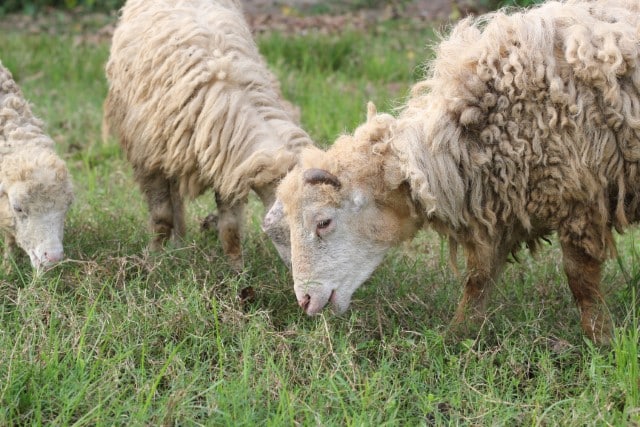
For example, there may be excess urine and manure that makes its way into the alleyway. When this happens, the nutrients in these materials will end up in an undesirable place.
An advantage of alley systems are low setup and labor costs.
Another advantage of alley systems is the versatility of movement that they bring. For example, they make it easy to manage individual animals or make the herd mobile around the rotation.
If you ever need to treat a medical problem like foot rot or pink eye, you will find it easy to drive the animals through the alley and to a handling facility.
You’ll also find this system convenient if you plan to use artificial insemination with your animals.
A perk of the one alley way system is the fact that the long rectangle shape can be used as an excellent bale-grazing paddock if you ever find the chance.
There are two types of alley system: the one alley way system and the two alley way system.
One Alley Way System
The one alley way design, on the other hand, often needs 4.4 miles of cross-fencing to fence 160 acres. Whether the one alley way system will work for you will depend on certain factors.
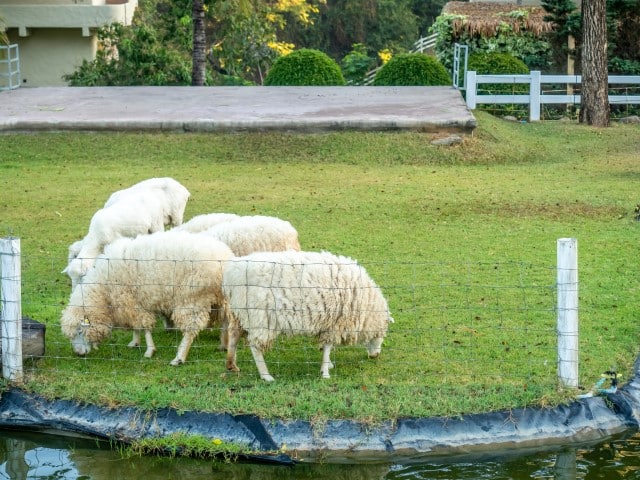
For example, a one alley way system will often end up overused in closest proximity to the water and not as used as it should be at the far end.
Two Alley Way System
The two alley ways systems requires a four mile stretch of cross-fencing in order to construct 16 paddocks on a 160 acre plot of grassland.
With the two alley way system, the paddocks that are squarer in shape will usually have more even grazing.
The Water Truck Method of Paddock (Cell) Design
With the water truck system, water sources can be centralized and it will be easy to for you to move it whenever you need to.
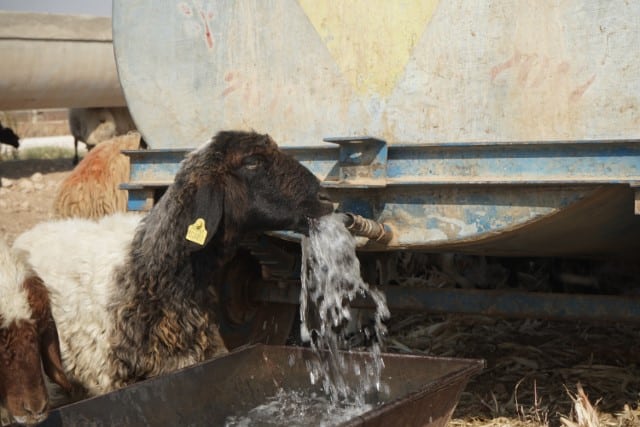
With the water truck method of cell design, you will have less cross-fencing. You will usually need only about three miles of fencing.
If you have square paddocks, this system can do well. However, you should be aware that the water truck method will restrict animal movement more than some other systems.
With this system, you will need to be more attentive to rotation planning so that you won’t end up with problems.
One perk of the water truck method is that you are less likely to end up with overuse of watering sites or alleys.
You should also be able to better position your water truck, making that easier to control. There are, however, more labor and capital costs with the water truck system.
Wagon Wheel (or Pie) System of Paddock (Cell) Design
With this design, you will probably only need about 4.8 miles of cross-fencing for a 160 acre pasture.
Paddocks in this system are narrow and long.
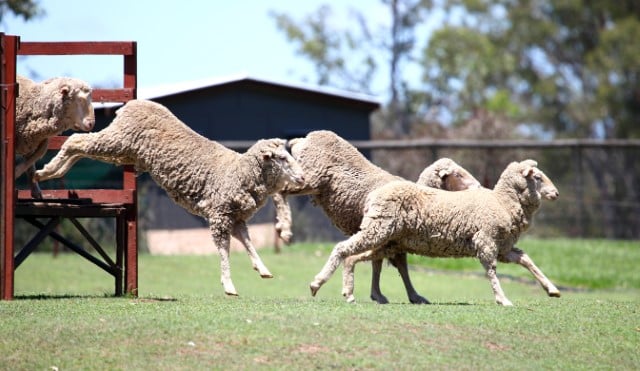
You can see the downside to this, as it often leads to uneven use of land, and it can damage the pasture closest to the center point due to higher foot traffic.
With the wagon wheel or pie design, there tends to be variable manure distribution. The manure distribution can depend on how intense your grazing plan is.
If you are looking for a rotational grazing system that has low set-up and labor costs, this might be the one for you.
The wagon wheel or pie system provides reasonably good flexibility of movement. This is because all of the cells or paddocks have a connection to the centralized watering area.
There is effective funneling from each paddock to the middle, so if you need to bring an animal in for treatment or to AI, this should be quite easy to do.
In my experience this is one of the easiest systems to put into place for most farmers. You can use your barn and the water supply there as the center point. Then use a combination of temporary and permanent fencing to segment your surrounding pasture into paddocks. Then it’s simply a matter of opening the gate to whichever paddock you want your sheep to graze.
Pipeline Method of Paddock (Cell) Design
If you own your land, you could consider using the pipeline method. This method requires the installation of a more permanent system.
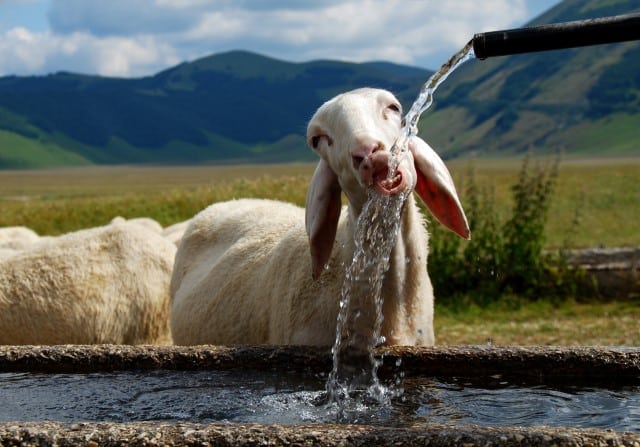
An advantage of the pipeline system is the fact that we are able to bring the water to where it is needed, rather than making the sheep walk to it.
With the pipeline system, you will have a lower fencing cost, as only three miles of cross-fence will probably be needed.
With the square paddocks you have with this system, you can have even greater forage utilization and create the provision of excellent manure distribution.
Installation of the pipeline method can be expensive if you are in an area where there is no already existing water pressure system.
However, after you have installed a pipeline system to use with this method, you will have low labor costs.
Portable Strip Grazing Method of Paddock (Cell) Design
The portable strip grazing method can be more difficult to plan as it can vary with management. This system also includes a pipeline, so keep that in mind.
With this system, there tend to be three permanent fences in place. These will make four long rectangles that stretch across the pasture.
This system will only need about one and a half miles of permanent fencing.

There is generally a pipeline that runs down the center of the system, and that means you can have several watering points.
You will be able to do rotation management using portable fences, probably two or three of them. This will allow flexibility when deciding on paddock sizing.
The water trough will be portable and able to move along with the movement of the animals. There won’t be a pipeline on the right half.
We remove fences to graze along the rectangle. This will let the animals have more access to grass every time.
With this type of system, we let the sheep make their way through the first paddocks to reach the other ones. You will have to be mindful to maintain the desired period of grazing through each of the rectangles.
Don’t let animals stay on one rectangle for too long. If you do, they will graze for too long and you will end up with overgrazing.
Other Tips and Ideas for Rotational Grazing
When you are timing animal movement from cell to cell, consider how the different kinds of plants deal with trampling. Also, think about how topography and moisture impact results.
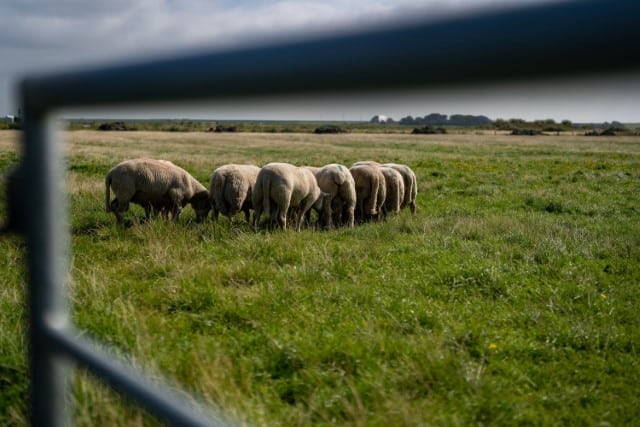
Weather and climate are other important considerations. Your soil may end up with a pugging problem if there is excessive rain when animals are in a smaller paddock.
Pugging can be extremely damaging to soil.
It occurs when wet pasture and soil is churned up only to have livestock push it back down again. When this occurs, quality grass plants and clover (which is nitrogen-fixing) is unable to grow.
For these plants to flourish, there needs to be a healthy structure or “crumb” to the soil, which lets air get in and circulate.
When there is pugging, you can end up with problems such as:
- The need to use more fertilizer
- Reduced plant growth and poor pasture yields
- Inadequate drainage
- More pugging developing as a result of soft and wet soil
- More contaminants and topsoil running off and getting into waterways
In mild cases of pugging, you may find that simple rest can resolve the problem. In severe cases, however, the compaction may take years to properly resolve.
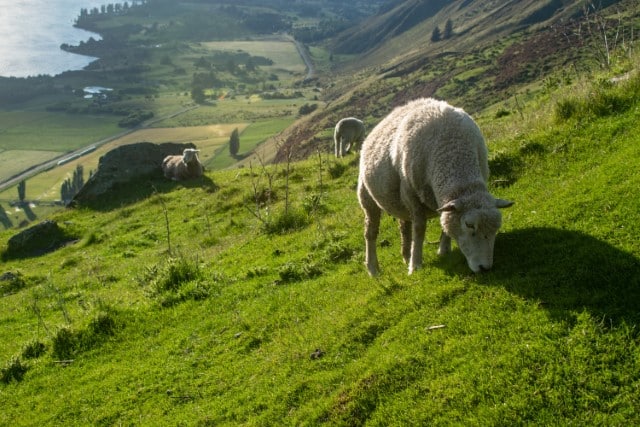
This is why you should try to prevent pugging from occurring in the first place.
One way to do this is to pay attention to weather forecasts and if there are any storms that may occur, allow the animals onto larger areas of pasture.
Why Your Rotational Grazing Paddock Design Matters
You’re likely to benefit from improved forage production when you correctly manage a rotational grazing system.
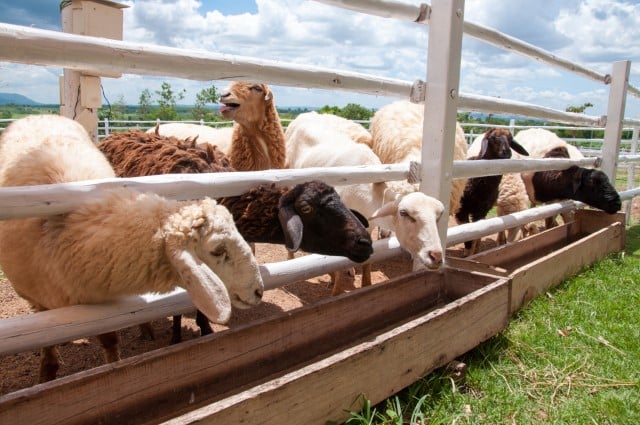
In fact, a well-managed rotational grazing system can improve your forage production by as much as 30 to 70 percent each year.
One of the reasons why rotational grazing helps so much in this way is the fact that it helps prevent overgrazing. Putting a rotational grazing system in place is well worth the effort for most sheep farmers.
Grab my free guide to learn more:
Get Your FREE Rotational Grazing Guide
This 16-page PDF is packed with our best information and tips to start increasing forage quality 30-70% in your pasture.
- Discover the science behind rotational grazing.
- Learn how you can improve forage quality and quantity.
- Discover creative ways you can manage your grasslands.
- Get helpful tips that can help you cut feed costs for your flock.
- Understand the trade-offs in switching to rotational grazing.

